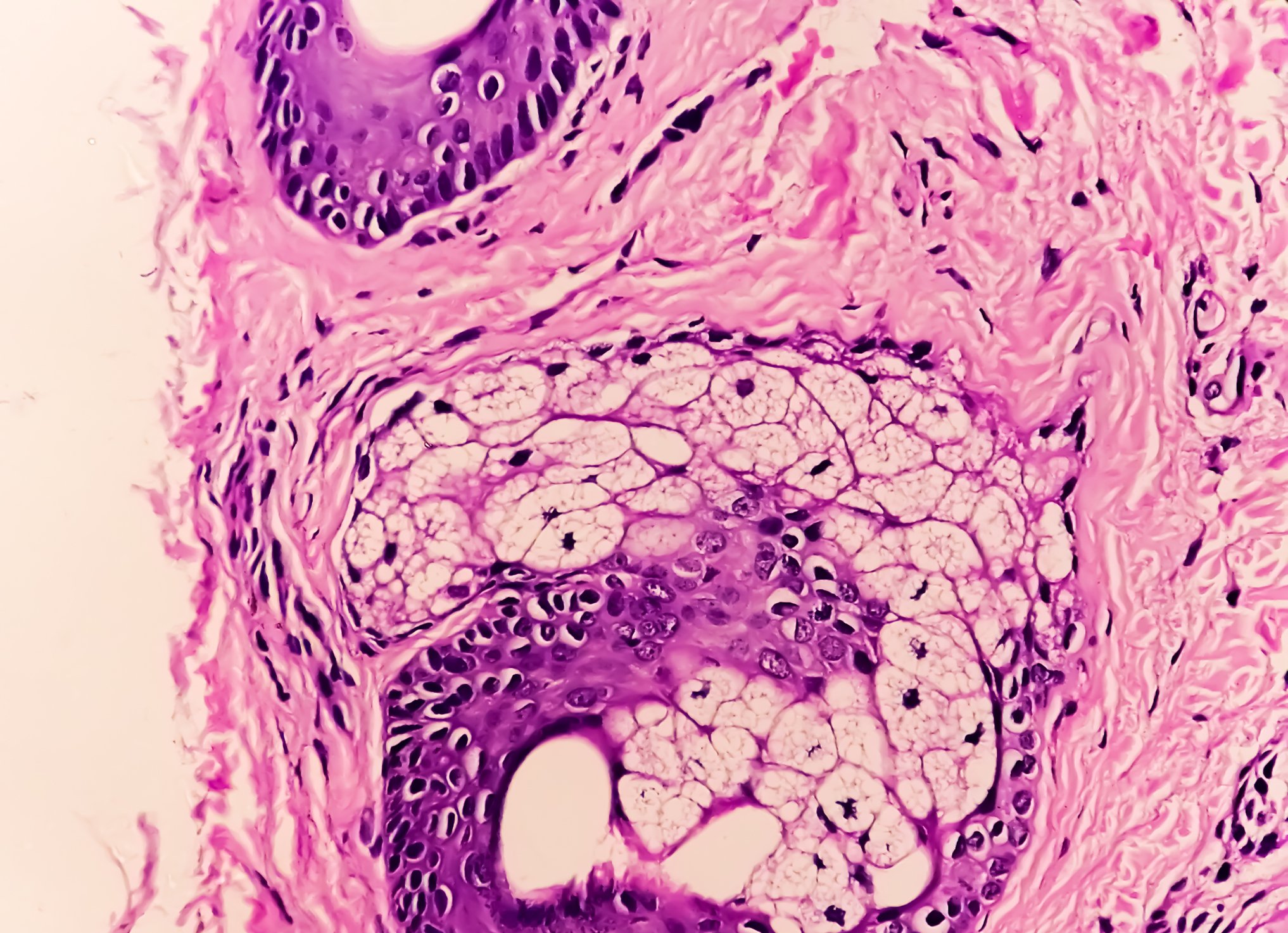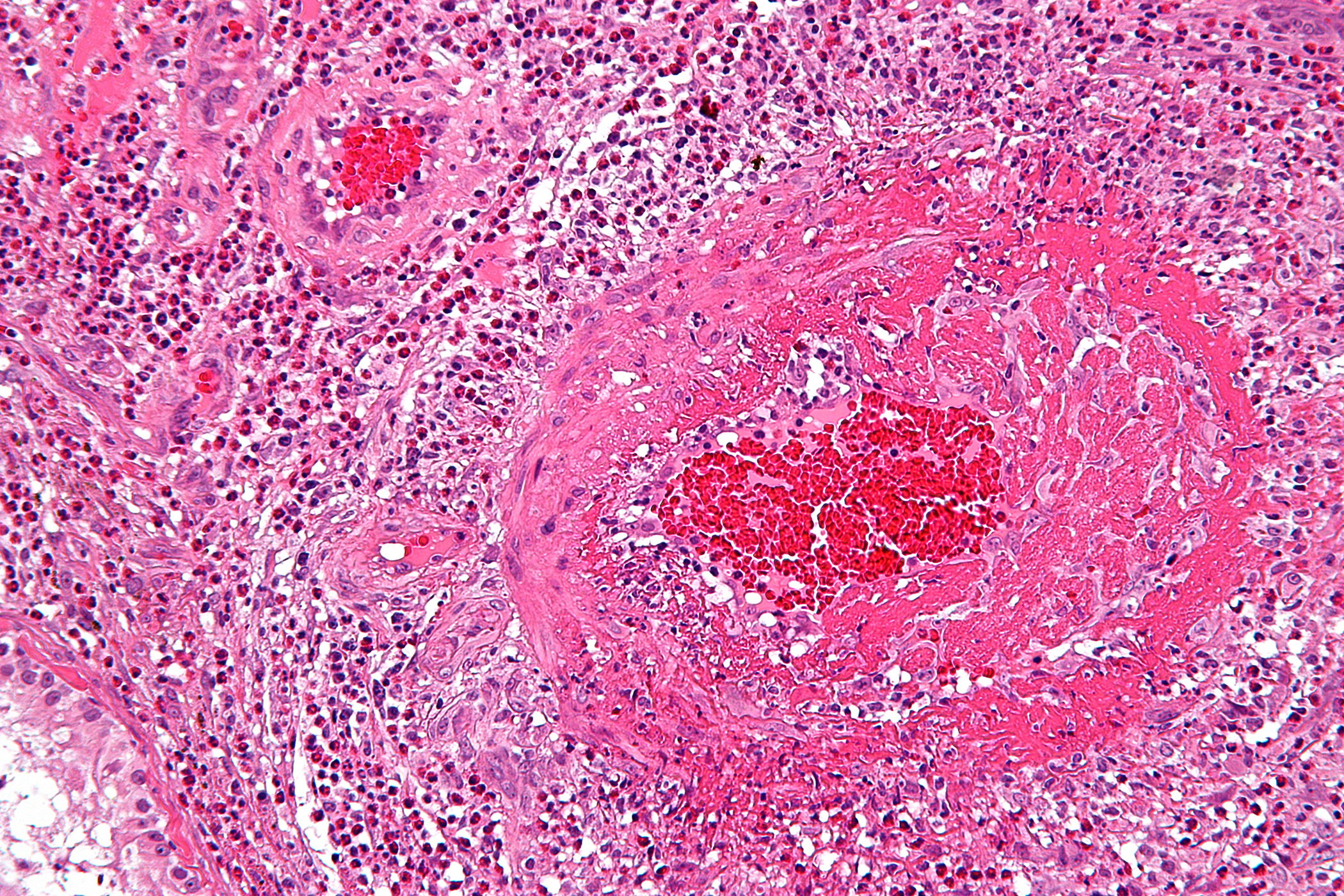Urinary tract infections (UTIs) are among the most common infectious diseases worldwide and represent a considerable burden for patients and healthcare systems, particularly in the hospital context. While uncomplicated infections can usually be treated reliably with standard antibiotics, complicated urinary tract infections (cUTI) require differentiated diagnostic and therapeutic strategies. The following article highlights the epidemiology, pathophysiology, clinical presentation and current management approaches of cUTI – with a particular focus on high-risk populations, resistance issues and innovative treatment options.
Autoren
- Tanja Schliebe
Publikation
- Nephrologie-Special
Related Topics
You May Also Like
- Adherence in severe or poorly controlled asthma
Digital monitoring with potential for greater treatment adherence
- Crohn's disease and depression
Significant psychological stress for CD patients
- Epilepsy
Cannabidiol for refractory epilepsy syndromes
- Stomach cancer and Helicobacter pylori
A question of income?
- Prurigo nodularis and AD
Effective itch relief through inhibition of the IL-31 signaling pathway
- Cutaneous Crohn's disease
Effective alternative to TNF inhibitors
- Palliative care symptom and needs assessment.
What screening tools are helpful?
- Benralizumab in a patient with asthma and EGPA











